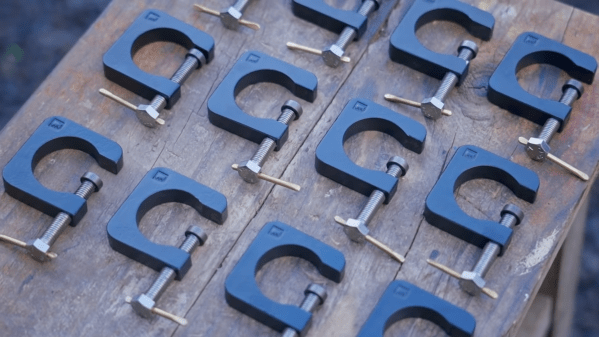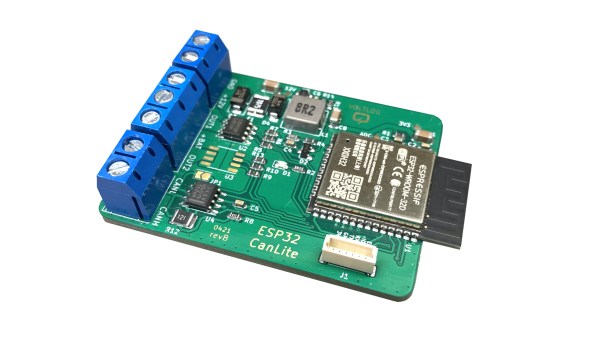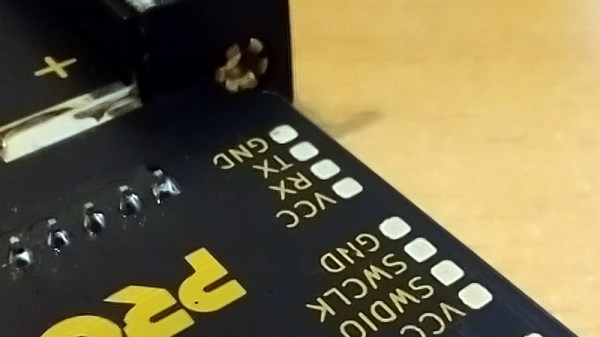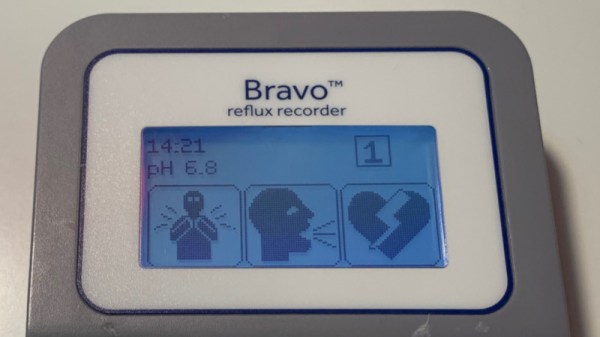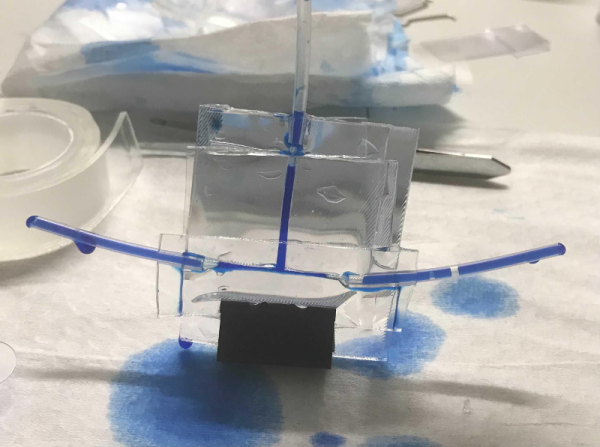Sometimes you need a small clamp, and sometimes it’s nice to use tools you’ve made yourself. [Neil] from [Pask Makes] delivers on both counts, with incredibly cute little clamps that he whipped up in his own home shop. You can even make them with hand tools!
The first step is to cut out a section of flat steel bar, and then drill a hole in the middle. The flats that form the key clamping surfaces can then be cut using a hacksaw. From there, it’s a matter of cleaning up the resulting blank with a file to take off sharp edges and neaten up the flats.
Drilling and tapping the main hole through the bottom of the clamp is the next job, and getting the hole straight and true is key to making a good usable clamp. The video shares tips on how to do this with even a simple cordless drill, by using a vice and a wood guide to keep things on track. The swiveling nut is then made out of a piece of round bar, and installed on the end of a bolt to create a nice clamping surface. A cute little brass handle is used to tighten it up.
It’s a useful tool, and the video goes on to show how the clamp can be made more quickly using higher-end facilities. While small clamps can be had cheaply, the video notes that making tools is fun and we think that’s as good a reason as any to make your own.
We’ve seen [Neil]’s work before, particularly in the case of this stunning “bladeless fan” build. Video after the break.

